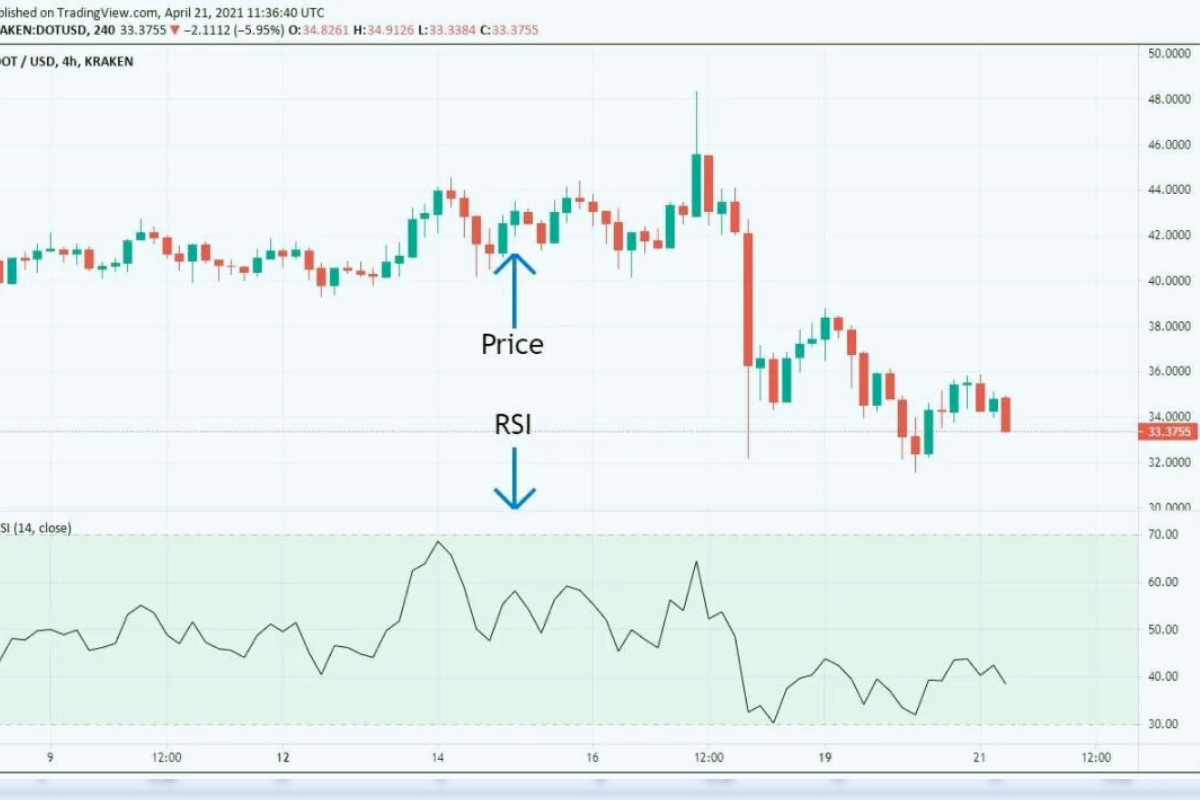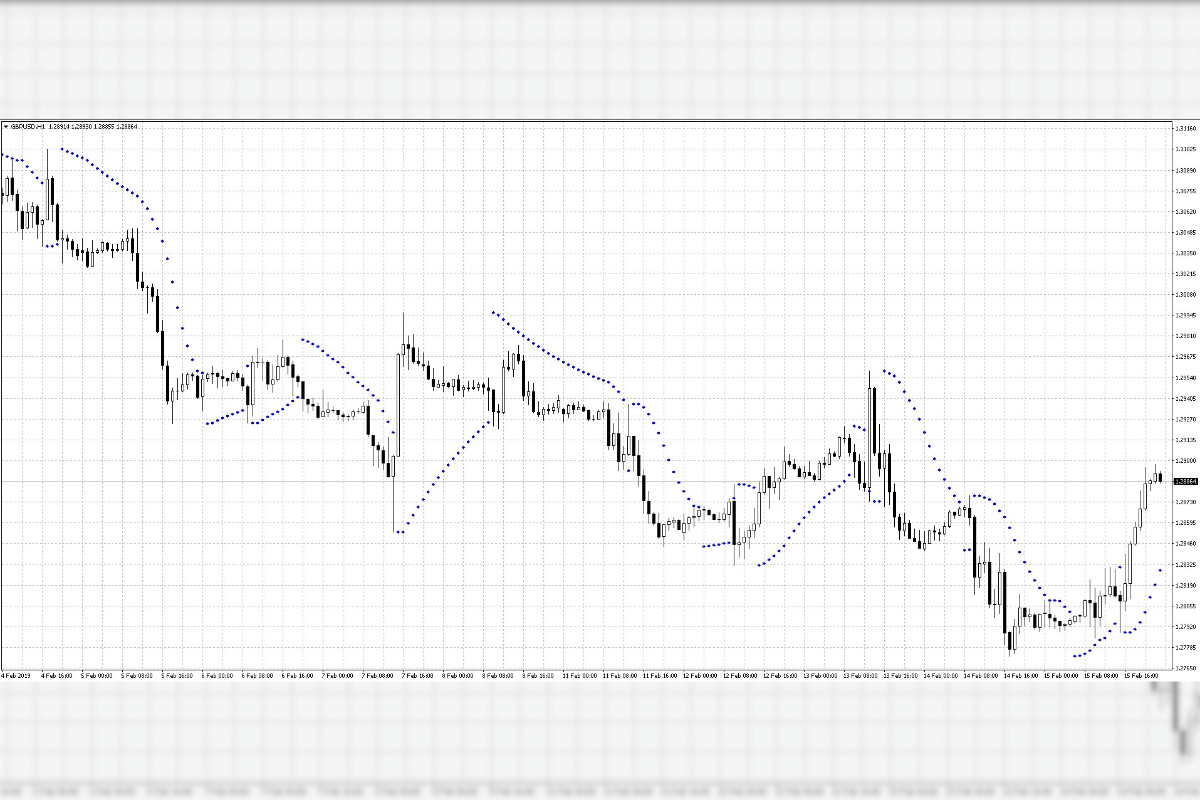Financial markets are a dangerous yet thrilling place for aspiring traders. With the right way instruments and strategies, a trader could survive and navigate through the high-intensity environment and potential price movements based on historical price chart data.
One of the mechanisms that either budding traders employ or professional traders continuously polish, improve, and enhance is a technical analysis. A trader seeks to understand this analysis through patterns and using technical indicators to evaluate past market trends and anticipate upcoming price movement. Popular technical indicators for crafting trading strategies include the RSI ( and Parabolic SAR (Stop and Reverse).
The given blog post presents a detailed intruder view of trading Parabolic SAR & RSI tech indicators combination.
Demystifying the Tools: Understanding RSI and SAR
In this section, the unique workings behind the Parabolic SAR and RSI potential trend direction indicators will be examined in detail to provide clarity on their calculations and interpretations.
The RSI: A Gauge of Momentum

As mentioned, in trading, momentum is known as the rate and direction of a specific price movement. In practice, this means that if prices move upwards quickly, there is a positive momentum; and if it continues to decline, the momentum is negative.
The integral indicator measuring the strength or weakness of price changes is the Relative Strength Index. The RSI is calculated via a formula that involves the average of up and down price movements over a set duration, typically 14 days, and determines the result on a scale of 0 to 100. For example:
The RSI: Momentum Indicator Overbought Zone RSI above 70 meaning the price is overextended in the short term and a potential pullback can take place Oversold Zone RSI below 30 indicating that the security is oversold and can bounce or reverse anytime
The Parabolic SAR: A Dynamic Stop-Loss Tool

Unlike the RSI, which studies momentum, the Parabolic Stop And Reverse, also known as Stop and Reverse, is a technical indicator that helps to estimate the target trend and place dynamic stop-loss orders.
A stop-loss order is an important tool for managing risks. The stop-loss order automatically closes the trader’s position when the ability allows the price level and the potential loss. Traditionally, stop-loss orders were stationary (STO).
However, the PSAR algorithm consists of a continuity loss, meaning that as the price proceeds to shift in the desired, the stop equally slides. The SAR plots on the table above or below the price in the form of dots. The arrangement of these is where and how they are component did update on the price.
- The uptrend should be assumed when the SAR dots are below the price.
- A downtrend should be assumed when the SAR dots are above the price.
- Change in the PSAR dots: As the price trend approaches, the Parabolic SAR dots also tend to follow. Whenever a trend is about to end in a different direction, these dots will suddenly shift to the other side of the price.
- This indicator acts as a signal, and traders can consider exiting or adjusting the stop-losses if the price falls further.
However, the true magic appears when we bring the RSI and SAR components together. RSI delivers readings on momentum and possible reversal areas, but the Parabolic SAR dot leads the trend’s direction and where you might place a dynamic stop-loss.
Combining PSAR and RSI Signals
Let me show you how to combine them to implement a powerful price action-oriented pair and get an advantage in entering and exiting trades.
When the stars line up: RSI and SAR as entry and exit signals.
Buy signal
Confirmation of entering grows if co-from lamination of those two points. This means 1. RSI appears above 30* – that parameter shows the reversal from a downtrend, as a low RSI means an oversold of an asset.
2. The Parabolic SAR dot shows up *below the bar – so, as it starts a new trend upwards.
Sell signal
Although these are not all of the confirmation principles that exist, when combined, they are more than enough to conclude that the following signals can be used:
The confirmed RSI value is below 70* – it starts from the overbought zone, since there is a specific trend to be considered.
Additionally, the calculation of SAR is completed, and the square is above the price bar* – the price goes in the SAR direction.
Table 1 summarizes the RSI and SAR pairs:
Scenario:
Trend Reversal (Long) >>
RSI Signal Parabolic SAR Signal Potential Action
Rises above 30 from oversold Dot below the price Buy
Trend Reversal (Short)>>
RSI Signal Parabolic SAR Signal Potential Action
Dips below 70 from overbought Dot above the price Sell
Summary
- Despite confirmation and a stronger signal, waiting for confirmation from both RSI and SAR is essential before engaging in any trade.
- No indicator is perfect, and even though the signal is confirmed, expect false signals on both RSI and SAR. The signals might occur when the market is choppy. You can also look for another powerful trade signal before ENTRY.
- Inadequate position sizing and no Loss Stop are put in place when using this strategy.
Fine-Tuning the Strategy
The great advantage of this strategy is its flexibility. Below are a few options to further adjust the strategy to your trading approach and specific market conditions:
1 . Parameters for RSI and SAR. Both indicators have adjustable parameters, for example, the calculation period for RSI is most often 14 days, with SAR having a so-called acceleration factor. These can be experimented with to fit the strategy to various timeframes and different asset classes.
2. Other indicators. Although RSI and PSAR are sufficient for building a strong foundation, utilizing other indicators such as moving averages or volume oscillators may give you a more comprehensive outlook on the market.
Limitations and Considerations
The above are the limitations of any trading technique; there is no strategy to take one to heaps. Even though the RSI and P.SAR combination are powerful, they still have some limitations.
False Signals
RSI and P. SAR, being tech indicators, are prone to false signals in certain scenarios such as high market volatility and ranging price action. These signals might therefore prove to be disastrous for a trader who misinterprets the signs and makes the wrong move.
Lagging indications
Since RSI and P. SAR are spotting indications, they inherently operate as lagging signals on past completions. The beginning of new trends may be missed in some cases or indicated later on when the trend has already formed firmly. Detrimental
Overreliance
Depending on the situation, using RSI and SAR may be risky or even dangerous. Fundamental analysis of the company and other macroeconomic considerations must create the foundation of the trading strategy.
Conclusion
The technical indicators with RSI and Parabolic SAR provide a strategic entry and exit points tool to use in the market. It is essential to remember that this strategy is a tool to use, not to solve all problems. Therefore, use proper risk management, practice with a demo account, and monitor the market.
Employ this and other technical and fundamental analyses to improve your trading decisions and trade confidently.


